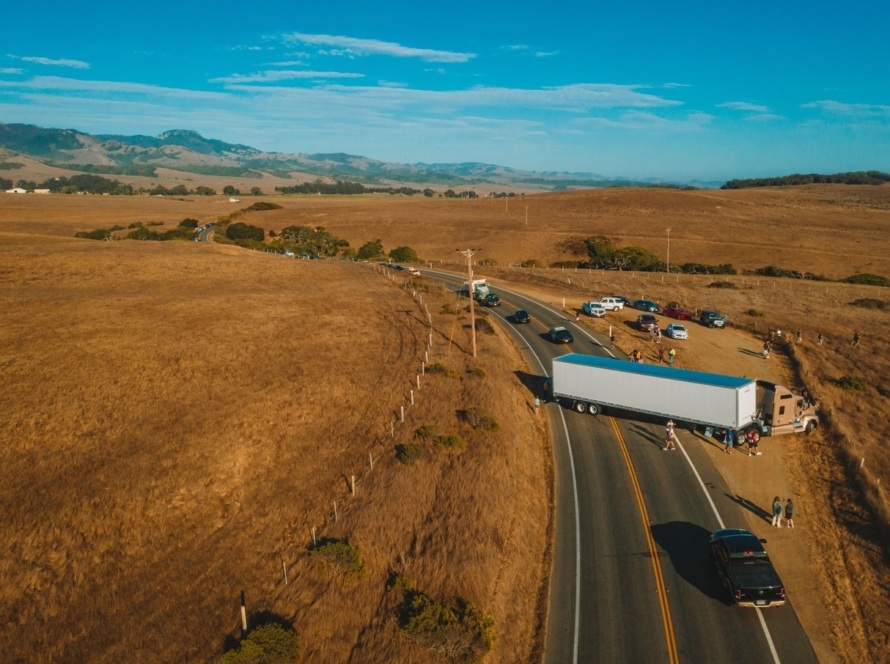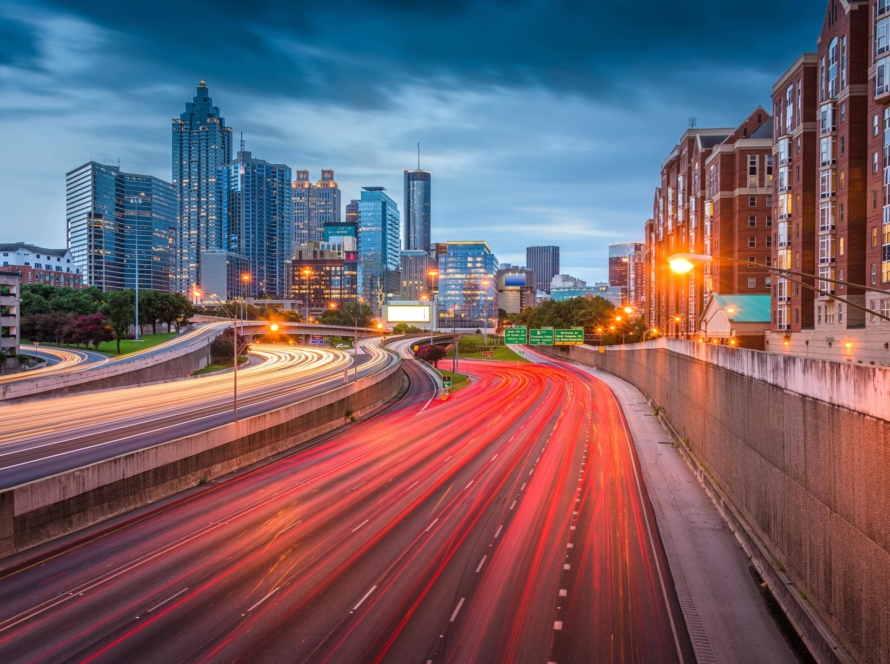The National Highway Traffic Safety Administration (NHTSA) recently released a report where safety regulators studied crashes throughout 2019. Findings from consumer surveys covering reported and unreported collisions were, at best, troubling. Statistics revealed the losses of lives, severe injuries, and the economic burdens inherent in horrific conditions.
Researchers revealed the following highly troubling findings:
- Approximately 23 million vehicles suffered severe damages
- Injuries were at around 4.5 million
- Deaths of drivers and occupants ended the year at about 36,500
Costly collisions impacting the GDP
During the pandemic, drivers breaking speed limits became a trend. The overall monetary costs of collisions accounted for 1.6 percent of the $21.4 trillion gross domestic product (GDP). Even drivers who avoid crashes still pay for approximately three-quarters of insurance premiums, taxes, fuel consumption, lost time in traffic jams, and the overall environmental impact.
By 2021, fatal crashes experienced a 10.5 percent increase from the previous year, representing the most significant jump since the NHTSA started collecting fatality data in 1975. More than 43,000 lost their lives that year, representing the highest number in 16 years. Data for the initial nine months of 2022 revealed a slight decline of 0.2 percent.
The Federal government announced $5 billion in aid to cities and localities to find ways to slow vehicle speeds, add additional bicycle paths, and increase promotional efforts focused on the benefits of public transit. However, are those efforts enough for drivers who continue habits engrained during a worldwide pandemic?







